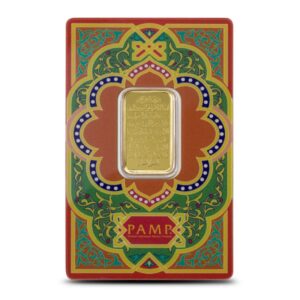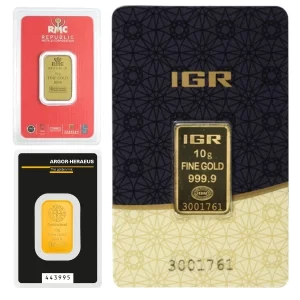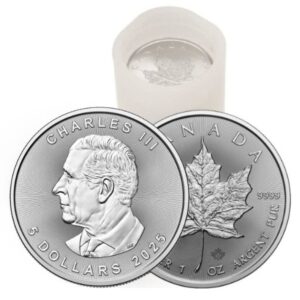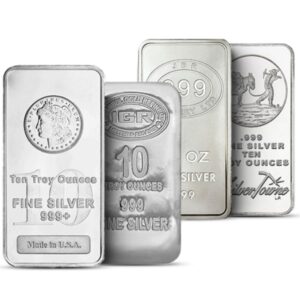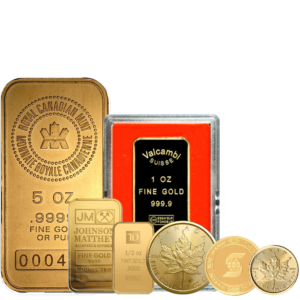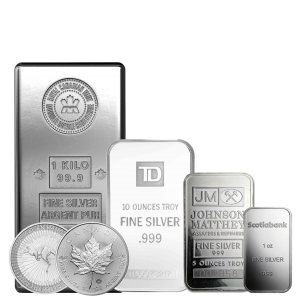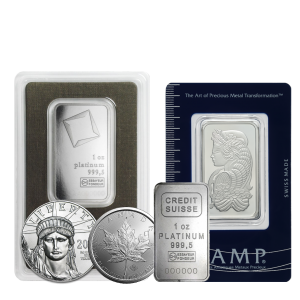With gold being used more as a means to hedge inflation, market volatilities, or currency risk, you’ll usually hear dealers or prospective buyers use what’s called ‘investment-grade gold.’ But what does it really mean, and how can you tell if what you bought is indeed investment-grade gold?
Here’s a straightforward, uncomplicated explanation to clarify what investment-grade gold entails, in addition to its importance in creating your precious metals portfolio.
What “Investment Grade” Really Means
Investment-grade in precious metals means gold coins meeting certain criteria for purity, authenticity, and value. These are not collectible items, precious jewelry, but bullion coins produced with a primary purpose in mind: asset preservation for investment purposes.
Gold needs to fulfill at least three major conditions to be considered investment-grade:
-
High Purity (Usually .999 or .9999)
Investment-grade gold has to be doubly pure. Most bullion coins and bars fall into either of these two levels:
- 99.99% pure gold (.9999) – For example, Gold Maple Leaf from Canada, PAMP Swiss Bars
- 99.9% pure gold (.999) – for example, American Gold Eagle (contains gold alloyed to 22k, yet it contains 1 full oz of pure gold)
- More purity leads to higher acceptability on an international level, better resale, and value.
-
Produced by a Recognized Mint or Refinery
Investment-grade gold needs to be produced by a reputable, world-recognized gold producer.
These include:
- Royal Canadian Mint
- PAMP Suisse
- Credit Suisse
- Royal Mint (UK)
- Austrian Mint
- Perth Mint
- Rand Refinery
- Johnson Matthey (Vintage)
- Asahi Refining
And gold from reputable firms means buyers understand it’s produced to industry standards, and there’s no problem reselling it anywhere in the world.
-
Comes With Verifiable Authenticity
Investment-grade gold usually contains features such as:
- Serial numbers
- Assay certificates or assay cards
- Mint Packaging
- Technologies for micro-engraving
- Sealable, tamper-proof packaging
These attributes enable buyers to be protected from fake products, while also guaranteeing their purity/weight for what they pay for.
Coins Vs. Bars: What Constitutes Investment Grade?
Bars, together with coins, could also be considered to be investment-grade–provided they fulfill the condition for purity and authenticity.
Coins That Qualify:
- Gold Maple Leaf
- Gold American Eagles
- Gold Britannia
- Gold Kangaroo
- Gold Philharmonic
- Gold Krugerrand
- Gold Buffalo
- Lunar Series Coins
These coins are minted by national mints, with assured weight and purity, and are most appropriate for investing, whether for novice or seasoned investors.
Bars That Qualify:
1g, 2.5g, 5g, 10g, 1 oz, 10 oz,
Bars from PAMP, Asahi, Italpreziosi, Perth Mint, Rand Refinery, Valcambi Suisse
Provided the bar is packaged, marked with its serial number, and from an accredited refinery, it qualifies for investment-grade gold.
What Doesn’t Count as Investment Grade?
It’s equally crucial to note what is not considered investment-grade:
- Gold jewelry, due to lower purity levels, with labor premiums
- Rare coins (value based on condition/rarity, not precious metal content)
- Gold-plated articles
- Unsealed or uncertified bars from unknown refiners
- Souvenirs or novelties in gold
These commodities could still retain some value, not, however, in the same predictable and world-known fashion as precious investment-grade bullion.
Why Investment Grade Gold Matters
Investment-grade gold
Selecting investment-grade gold guarantees:
- Global recognition and ease of resale
- Uniform purity and weight
- Greater liquidity than collectibles
- Lower premiums than numismatic products
- Enhanced retention of long-term value
If you are buying gold for wealth preservation purposes, meaning you are not collecting gold, then it is necessary to stick with investment-grade products. Final Thoughts
This Investment-grade gold is the cornerstone of a solid precious metals portfolio. It is pure, globally accepted, authentic, and easy to sell if needed. Whether in coins or in bars, it’s essential to maintain high purity, trusted mints, and authentic certificates.
 Hi,
Hi,

